© 2022 All rights reserved Worktop Library
When choosing the perfect kitchen worktop, the debate often narrows down to terrazzo vs marble. Each material brings its unique charm and functionality, making the decision challenging for homeowners. Moreover, it is essential to select a suitable material that not only enhances the aesthetic appeal of your kitchen but also promises durability and longevity. In this piece, explore the various facets of terrazzo and marble that can help you decide on your kitchen worktop needs.
Historical Overview
The history of terrazzo and marble as prevalent materials for kitchen worktops is as rich as fascinating. Terrazzo, a composite material comprising marble, quartz, granite chips, or glass, has its roots in ancient Egypt but was popularised in Italy during the Renaissance. This blend is set in cement or epoxy and then polished to a gleaming finish. Its versatility and durability have catapulted its place in architectural designs throughout history.
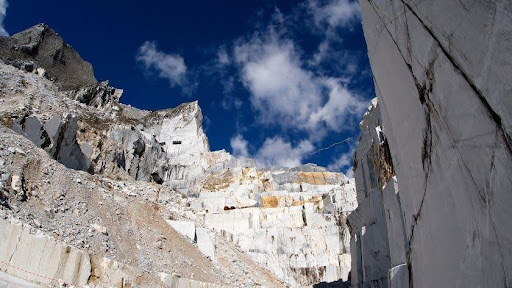
Known for its distinctive veining and glossy surface, marble has adorned the interiors of palaces and temples, epitomising elegance and high-end living. As a kitchen worktop, marble brings an unmatched element of indulgence, making it a coveted choice for those seeking to imbue their space with luxury.
Aesthetic Appeal
Regarding aesthetic appeal in the terrazzo vs marble debate, both materials offer unique visual characteristics. Terrazzo is celebrated for its versatility in design and colour. The myriad hues and patterns in terrazzo can complement any kitchen décor, from the most modern to the classically styled kitchens. The speckled appearance of terrazzo adds a playful yet sophisticated touch to worktops, making each installation unique.
And marble exudes a timeless beauty with its natural veining and range of colours. The classic white marble with grey veins is a popular choice, but the variety of colours, from deep greens to rich burgundies, provides ample options for personalisation. Marble’s natural patterns ensure that no two slabs are identical, offering an exclusive and luxurious feel to any kitchen worktop.
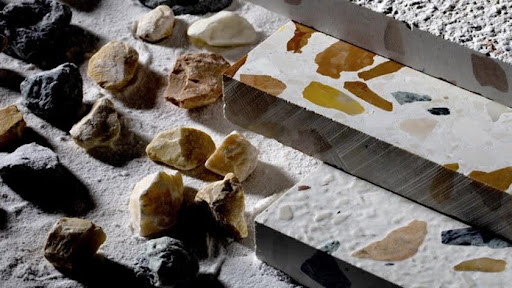
Terrazzo vs Marble Durability and Maintenance
Regarding durability, both materials have their strengths and weaknesses. Terrazzo is renowned for its resilience and long-lasting nature. It’s exceptionally durable, resistant to scratches, and can withstand heavy usage, making it ideal for busy kitchens. Additionally, terrazzo is easy to maintain, and some terrazzo materials are also suitable for outdoor use, requiring regular cleaning to keep them pristine.
Marble, while durable, is more susceptible to scratching and staining than terrazzo. It’s a softer stone and can be affected by acidic substances, which can etch the surface. However, Marble Worktops can retain their beauty for years by using a sealant and applying regular maintenance. It’s essential to promptly clean spills and avoid placing hot items directly on the marble surface to prevent damage.
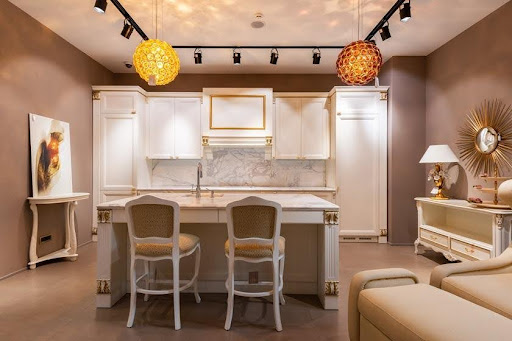
Cost Considerations
When considering terrazzo vs marble, the cost is a significant factor. Generally, marble tends to be on the higher end of the price spectrum due to its natural origin and the quarrying process. The rarity of certain marble types can also drive up the cost. Terrazzo, being a composite material, is often more budget-friendly. It offers the luxurious look of marble but at a more accessible price point. However, the cost can vary depending on the complexity of the design and the materials used in the terrazzo mix.
Environmental Impact
Sustainability is a critical consideration in today’s world, and terrazzo and marble have aspects to consider. Terrazzo is often praised for its eco-friendly nature, as it can incorporate recycled materials like glass and stone chips. It’s also durable, meaning it doesn’t need to be replaced often, reducing waste.
Marble, while a natural material, raises concerns regarding quarrying and the carbon footprint associated with transportation. However, its longevity can mitigate these environmental impacts since a well-maintained marble worktop lasts for decades.
Application in Modern Kitchens: Expert Advice
As a brand, The Worktop Library has seen a growing trend in using terrazzo and marble in modern kitchen designs. Terrazzo Worktops offers a contemporary and customisable option that can adapt to various interior styles. Its durability and ease of maintenance make it a practical choice for modern, busy households.
With its timeless elegance, Marble continues to be a favourite for those seeking a luxurious and sophisticated kitchen aesthetic. Its natural beauty creates a focal point in the kitchen, elevating the overall design.
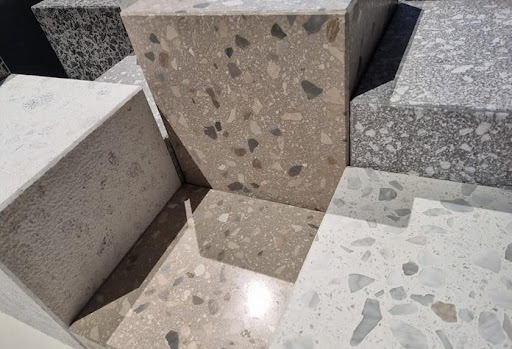
Pros and Cons of Marble and Terrazzo
Terrazzo
Pros:
Terrazzo stands out for its exceptional durability and resistance to wear and tear, making it ideal for high-traffic kitchen areas. Its low maintenance needs, coupled with the ability to incorporate recycled materials, add to its appeal. Additionally, its versatility in design allows for a wide range of customisation options.
Cons:
Despite its practical benefits, terrazzo can feel cold and hard underfoot, which might be less comfortable in a home setting. Its appearance, while customisable, lacks the natural, organic look that comes with real stone materials like marble.
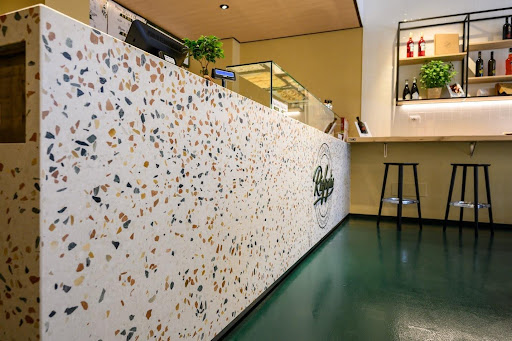
Marble
Pros:
Marble is renowned for its unparalleled natural beauty, with each piece offering a unique pattern and sophisticated elegance. It’s also heat resistant, adding functional value in a kitchen setting, and can potentially increase property value due to its luxurious appeal.
Cons:
Marble’s softer nature makes it more prone to scratches, stains, and etching, especially from acidic substances. This necessitates more careful maintenance and regular sealing. Additionally, its higher cost can be a significant consideration for many.
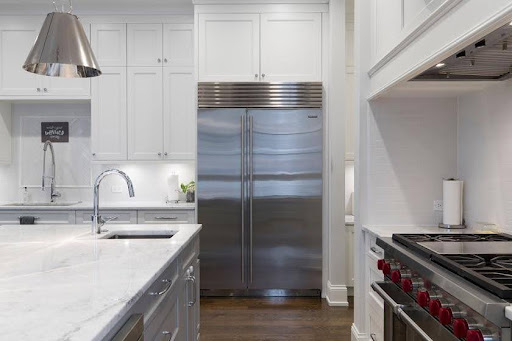
Choosing between terrazzo and marble for your kitchen worktop depends on personal preference, lifestyle, and budget. Terrazzo offers a durable, customisable, cost-effective solution, while marble brings unique luxury and elegance. When deciding, it is recommended to consider your kitchen’s usage, desired aesthetic, and maintenance commitment. Whether it’s terrazzo’s resilient versatility or marble’s classic beauty, both materials promise to enhance your kitchen with style and functionality.
Author:

Alan Nussbaum
Meet Alan Nussbaum, our Sales and Marketing Manager. With almost two decades of experience, Alan’s impressive track record includes creating one of the first online stone companies in 2012 and pioneering the acceptance of cryptocurrencies in construction in 2018 before co-founding The Worktop Library with Maria.
Alan’s work is featured in numerous Stone and Home Decor magazines. In addition, he collaborates with the industry’s leading stone brands, cementing his reputation as an innovator.
Before starting a thriving career in the stone industry, Alan honed his skills by overseeing luxury fashion brands such as Burberry, Matches Fashion, and Patrick Cox. With his unique blend of experience and expertise, Alan is a true trailblazer in the stone worktop industry. His passion for delivering exceptional service is evident in every aspect of his work.
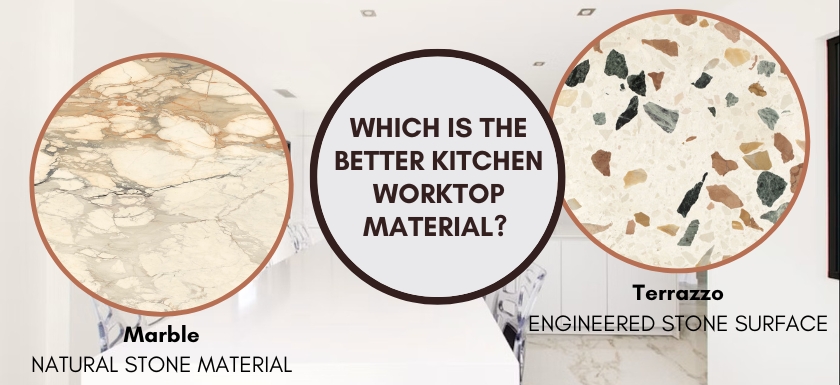
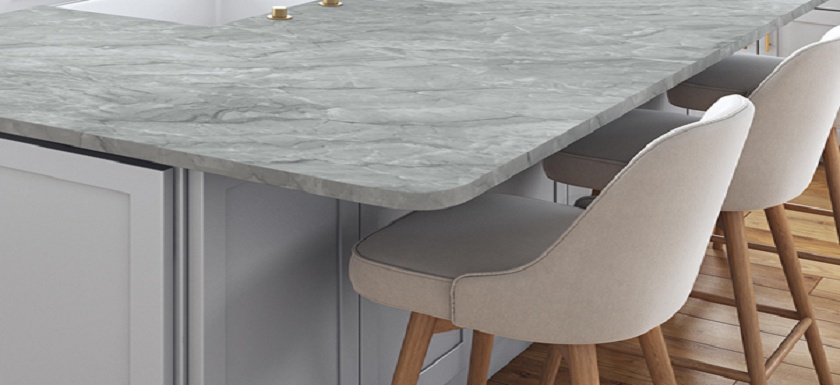 Apr 16 2021
Apr 16 2021 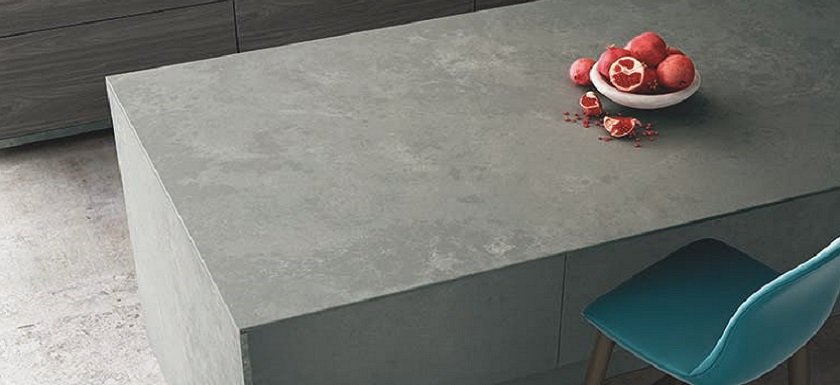 Apr 19 2021
Apr 19 2021  May 05 2021
May 05 2021 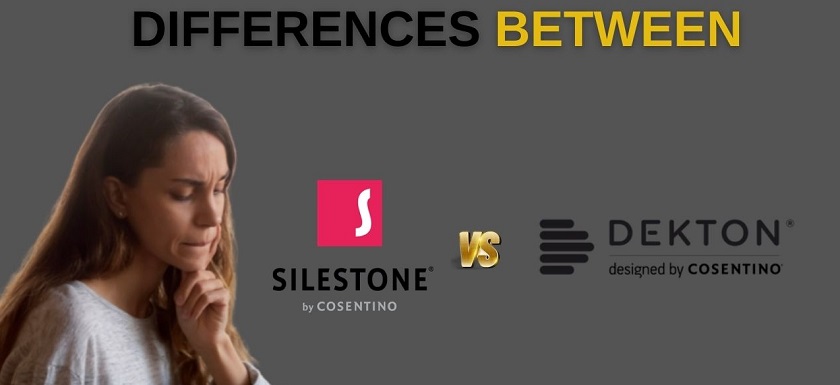 May 07 2021
May 07 2021 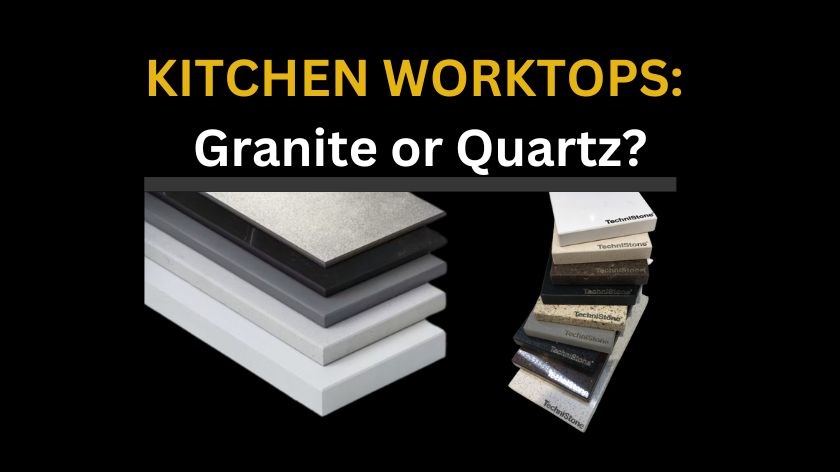 May 15 2021
May 15 2021  May 17 2021
May 17 2021 